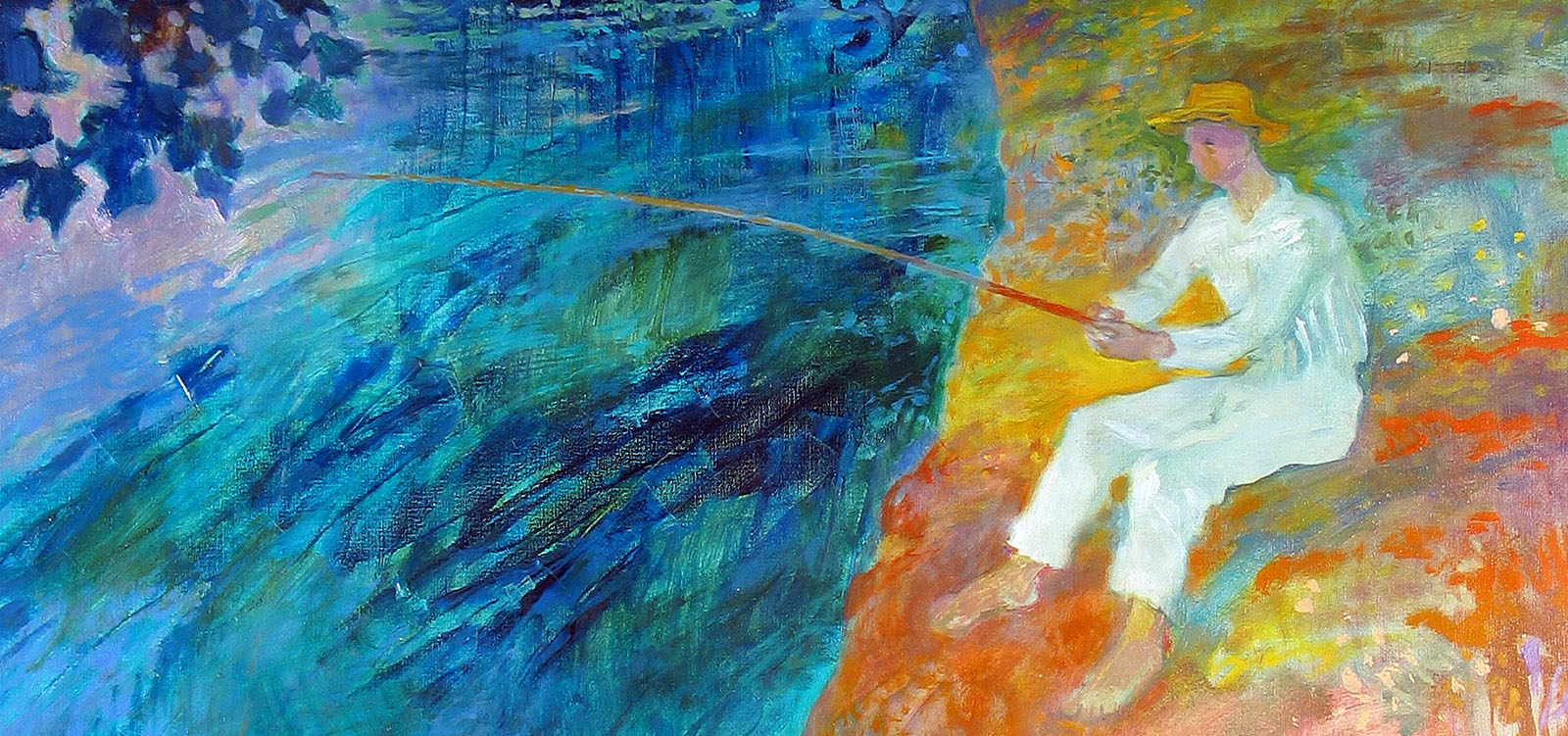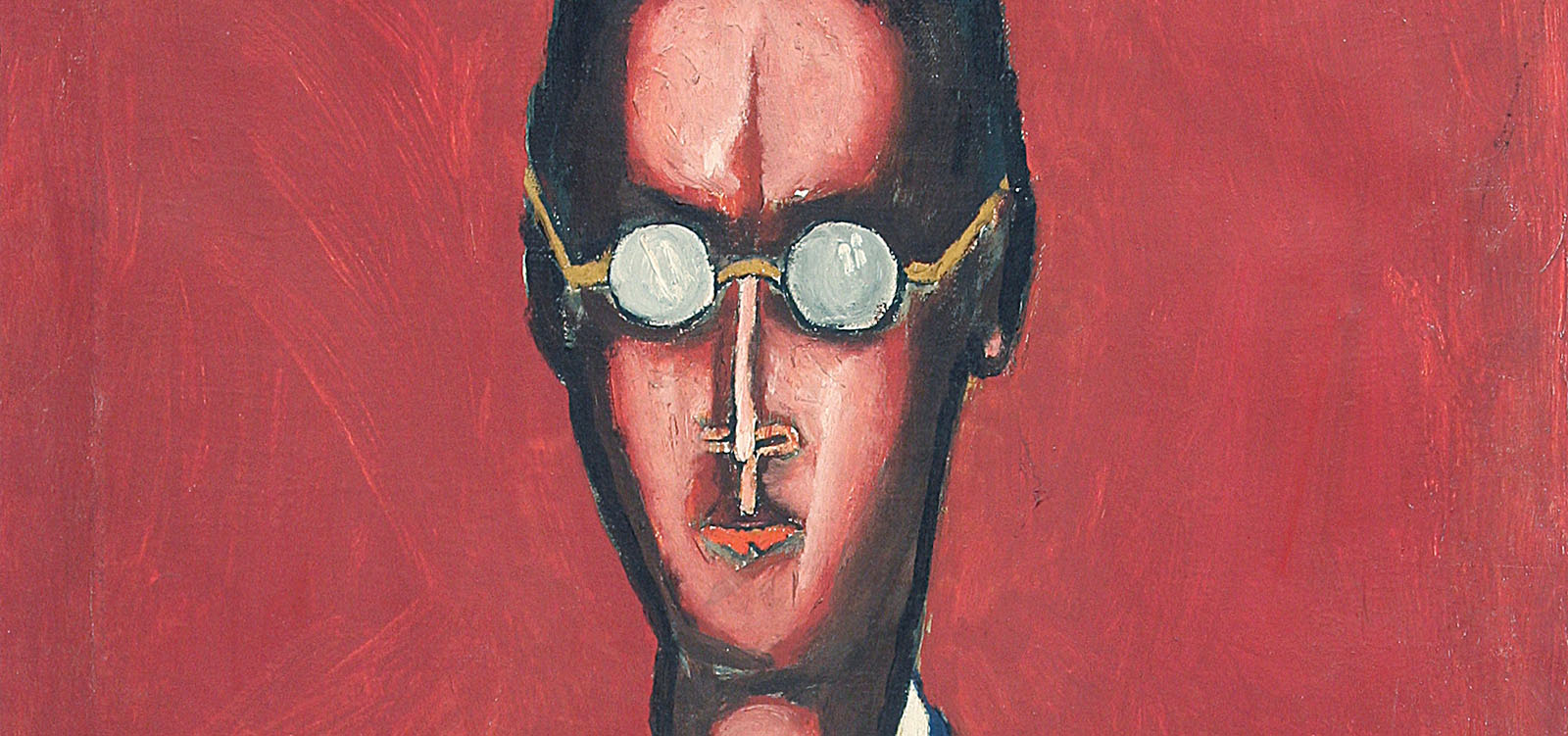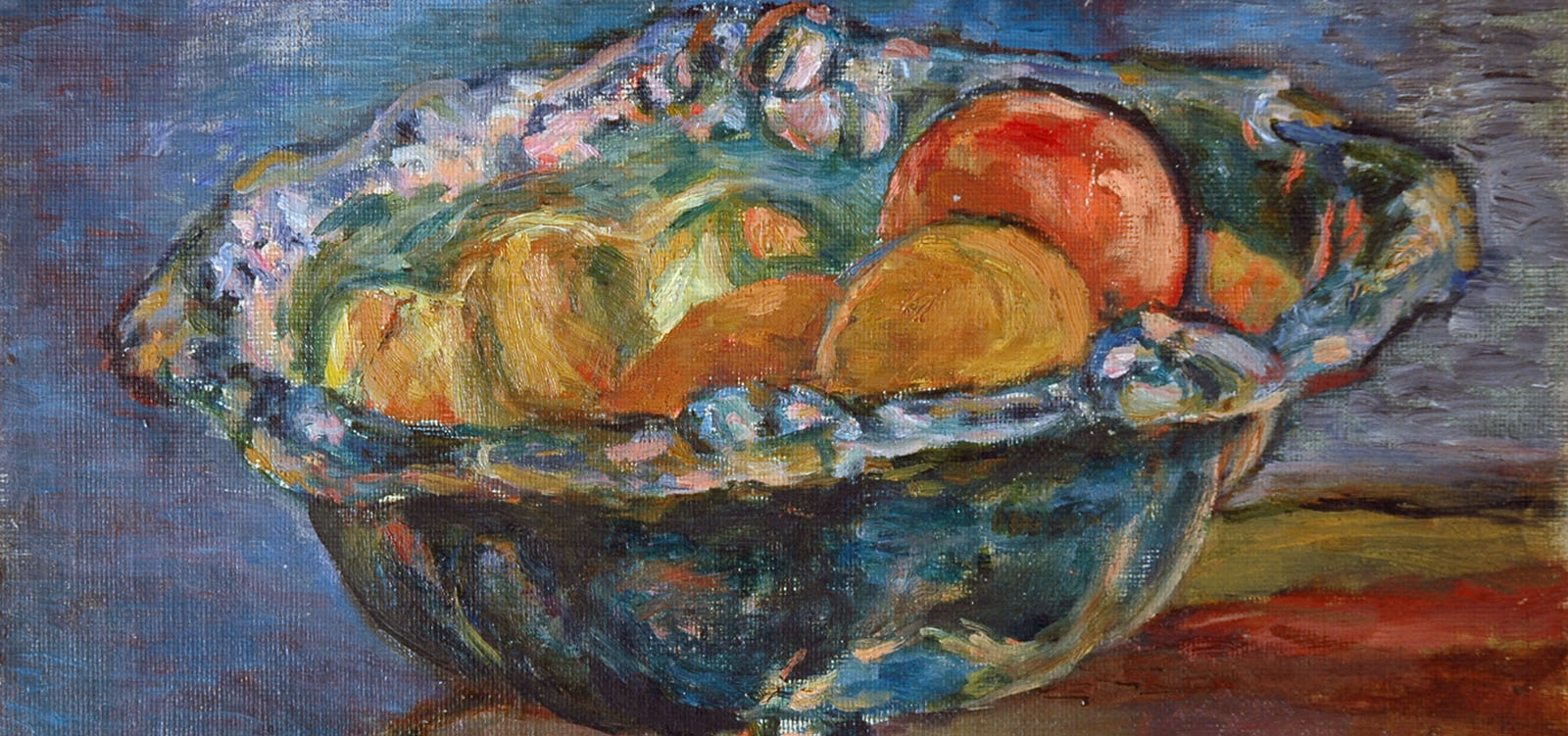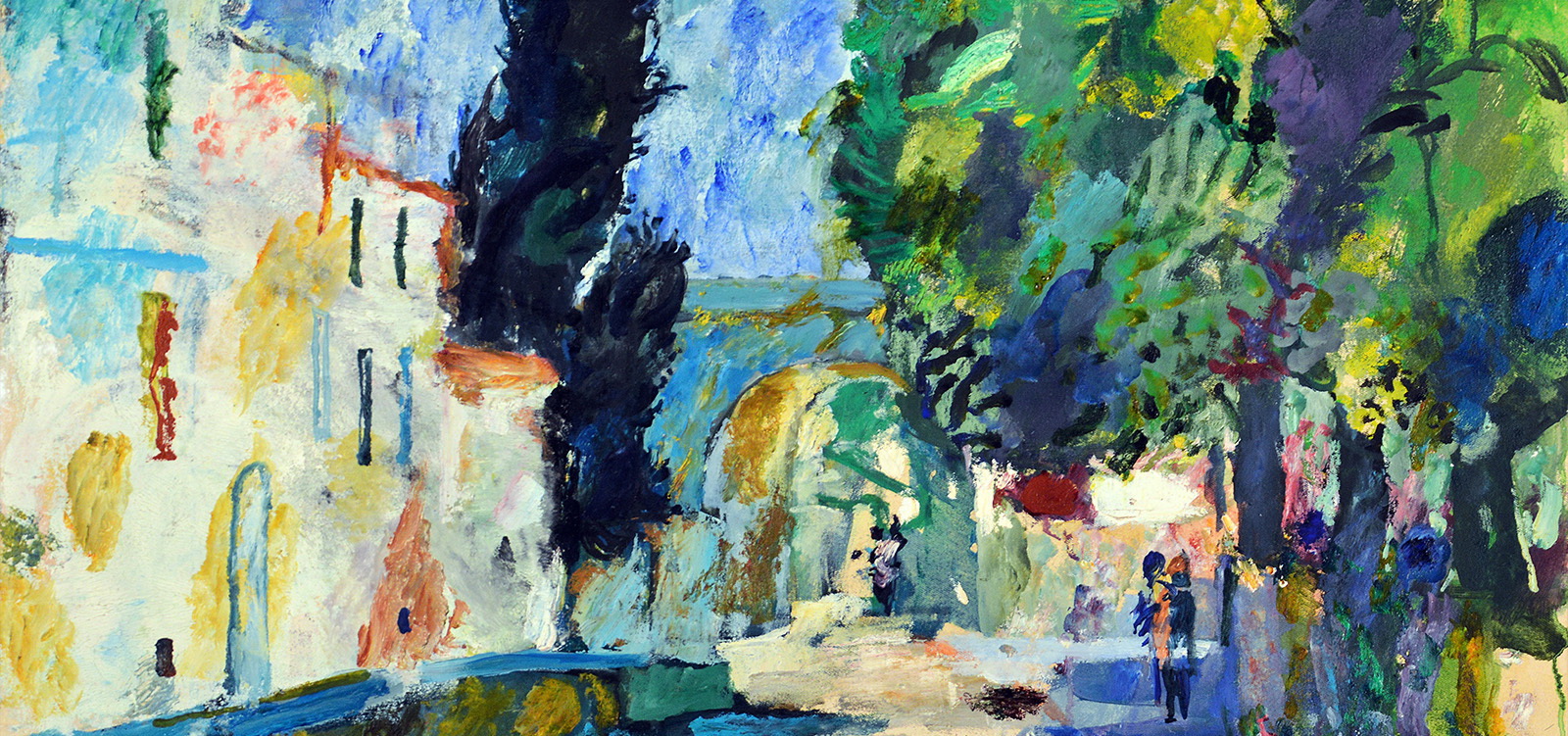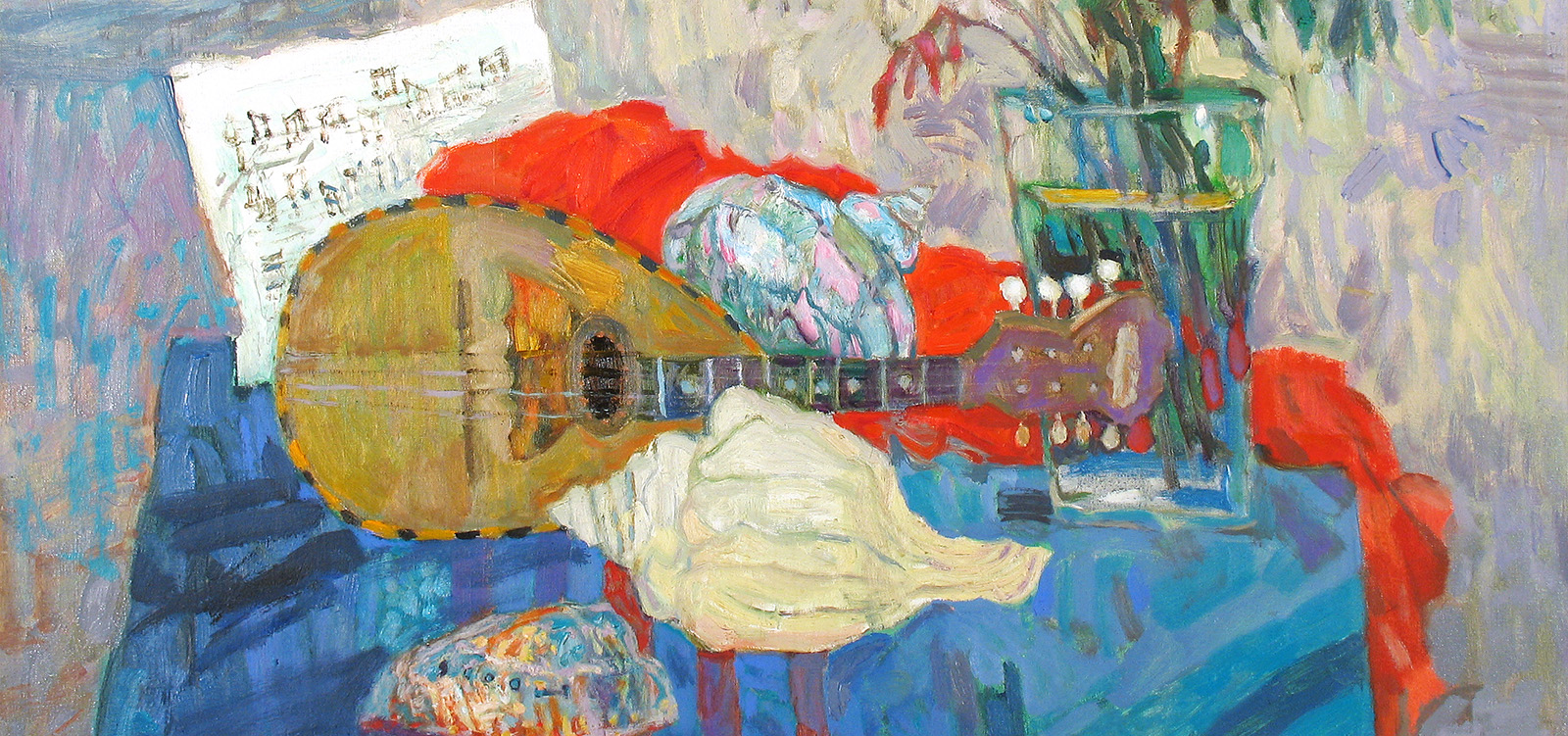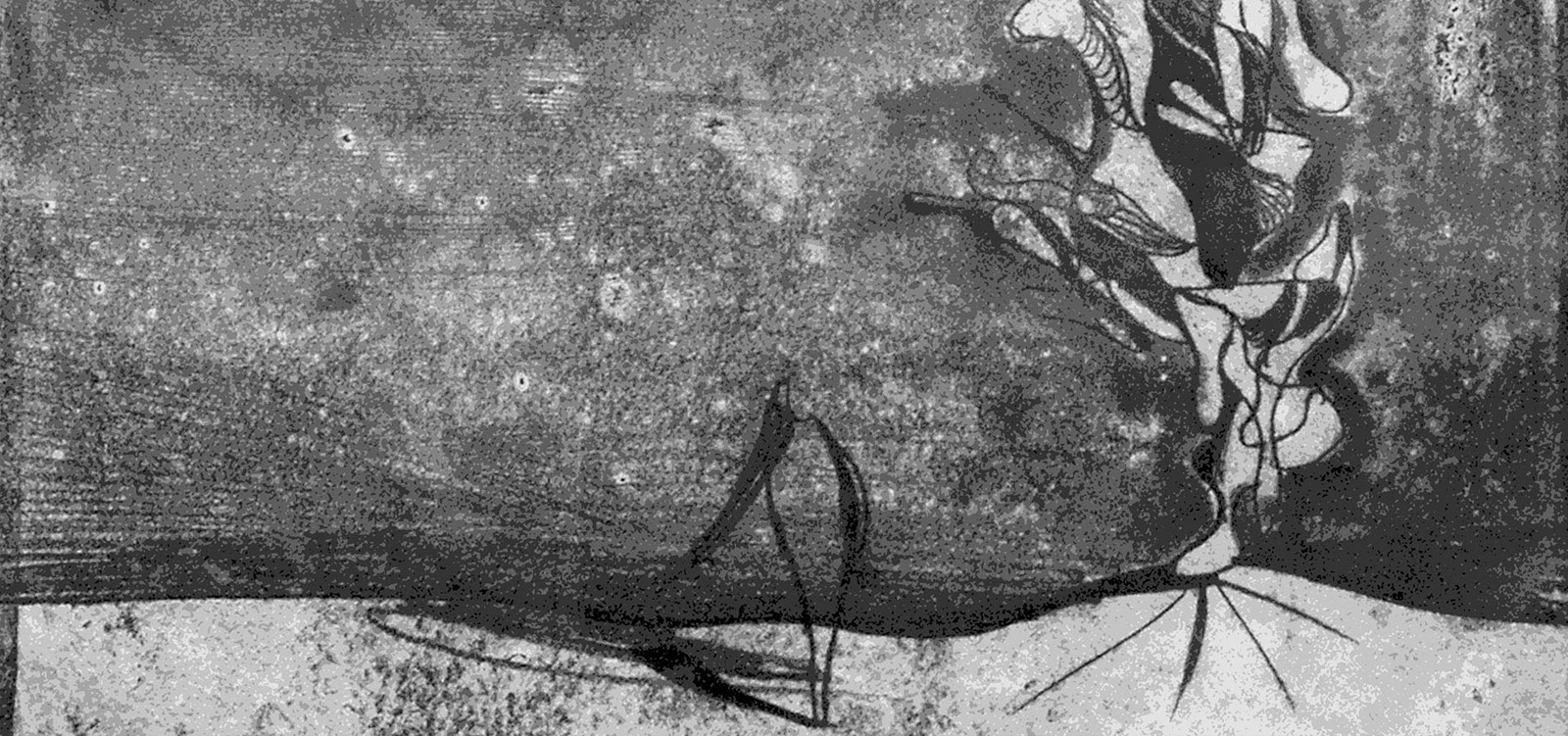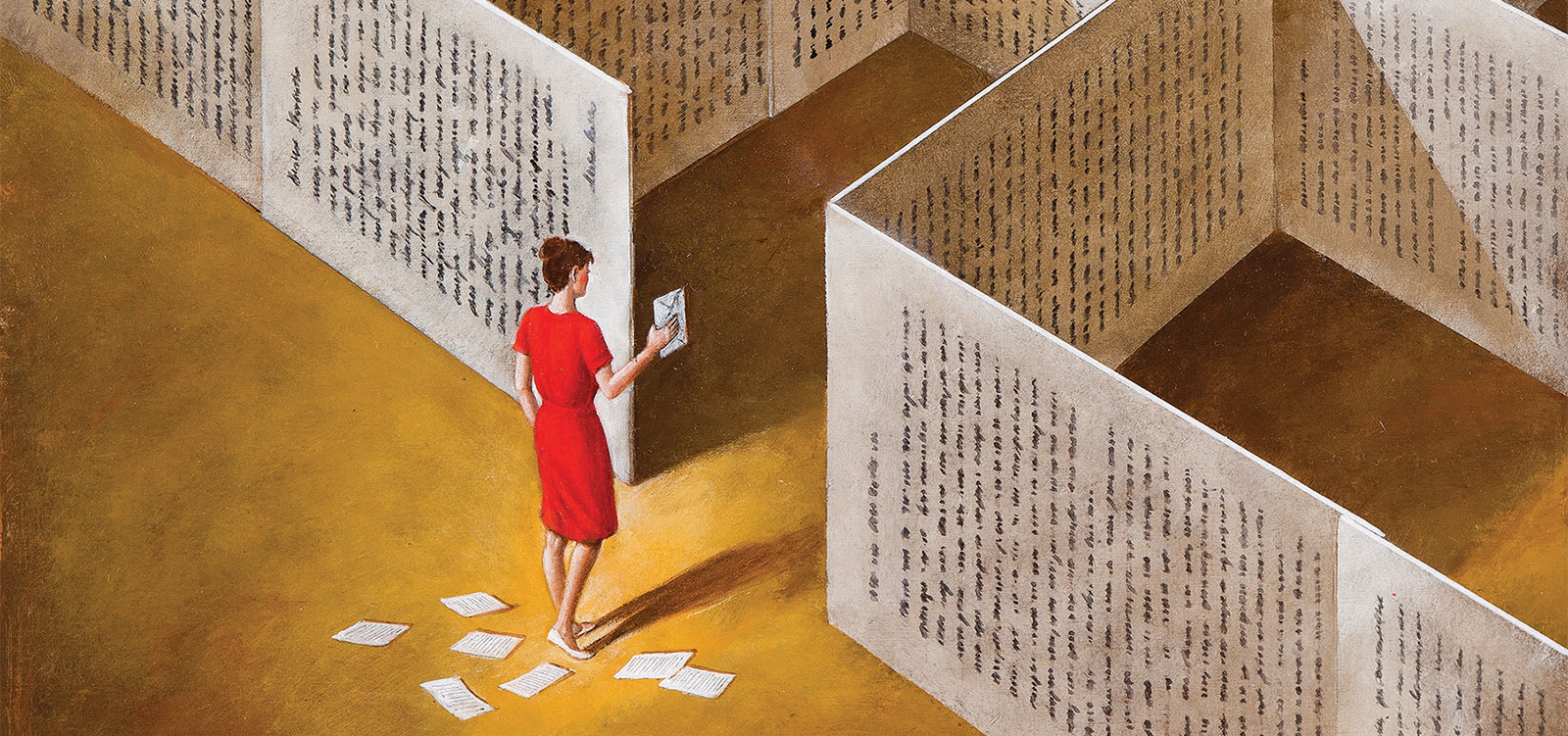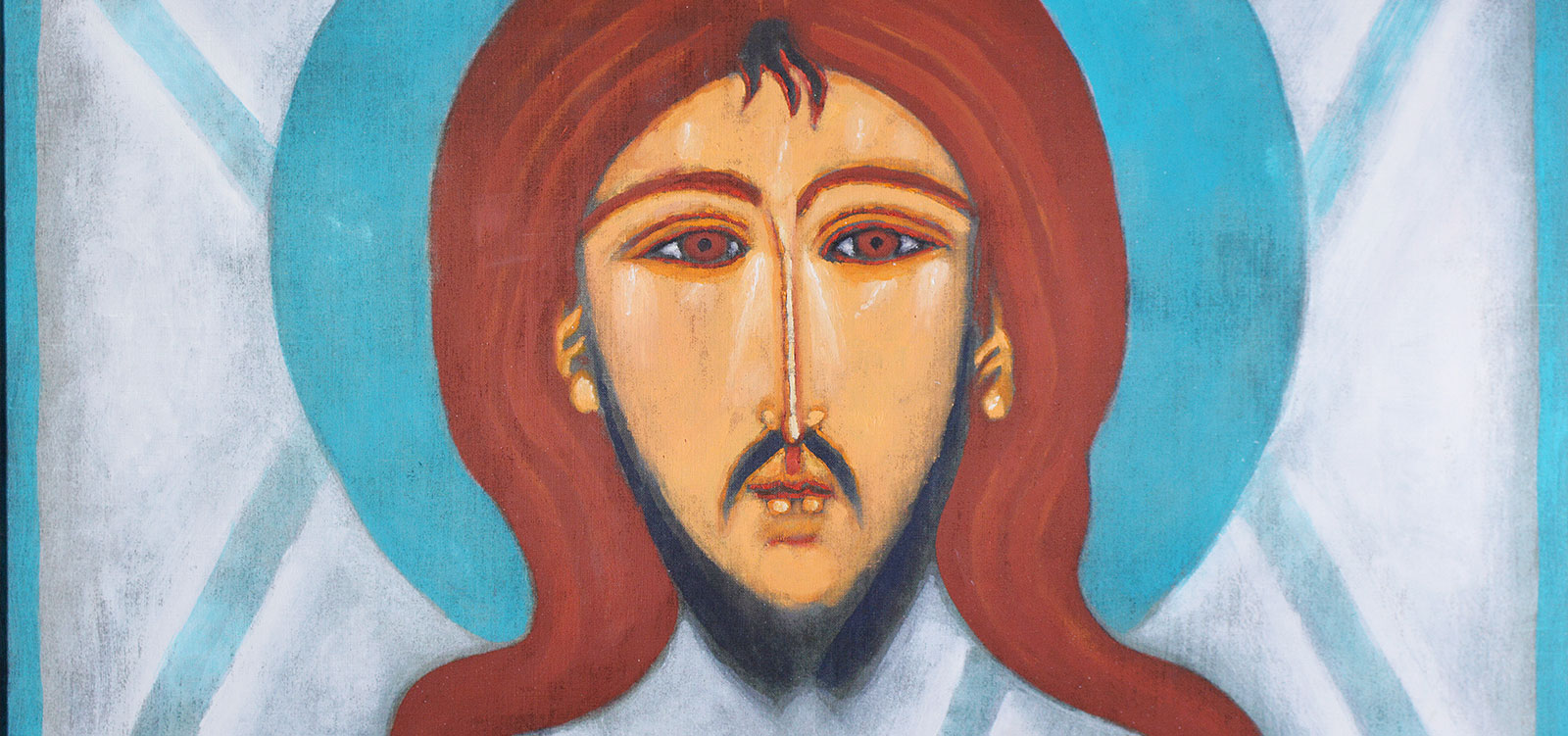Józef Stachnik
Zbigniew Kazimierz Witek
President of the Society of the Friends of Fine Arts
in Cracow
One of the first exhibitions presented at the end of the 1990s in the Dolny Pałac Sztuki (Lower Palace of Art.) where a gallery opened in the middle of 1996 is located, was an exhibition of Józef Stachnik’s paintings.
Shortly before its opening I visited it accompanied with a great man, the Vice Chairman of the Society of the Friends of Fine Arts, Ludwik Pindel. He studied the displayed paintings very closely and critically. In his concentration he resembled a master who was to give his opinion on his pupil’s achievements. After this close examination he stated: “This is my true pupil. I am proud of him. His pictures are all right but watercolours deserve praise. The pupil has surpassed the teacher”.
So, who is this artist whose works deserved Ludwik Pindel’s approval?
Józef Stachnik was born in Krakow in 1929. As in the beginning art was not his major field of activity, he was included in the circle of non-professional artists. He did not complete any distinguished artistic schools. His talent was discovered as late as in 1996 when he started to attend painting courses in Ludwik Pindel’s studio. It is easy to calculate that Józef Stachnik found his “artistic path” already as a grown-up man carrying a burden of experiences and living in an anonymous urban environment of Nowa Huta.
Parallel to his apprenticeship course in Ludwik Pindel’s studio, where he was taught the so-called “artistic perception” and means and methods of artist’s work, he was studying art as a pupil of another colourful personage of Krakow, W. Hodys. Later on, Stachnik’s knowledge was formally verified by the Ministry of Culture and Art and he was recognized as an accomplished artist-painter.
Additionally, this talented and exceptionally modest man completed also extramural courses at the Department of Paining and Graphic Art at the People’s University of Arts of the Russian Ministry of Culture in Moscow . Still, papers certifying education are one thing and talent and diligence are another – it is hard to say what is of greater importance, particularly in art.
Józef Stachnik has taken part in a number of plain-air sessions on the level of voivodeships, on the national level and in international ones in Paris, Venice, Assisi, Budapest, New York , and Sicily. As a result of these trips he produced many cycles of watercolours. Watercolour, which is a difficult art discipline since it requires that the artist makes fast and correct decisions, seems to be his favourite, particularly under plain-air conditions.
The artist has had over 70 individual exhibitions, including exhibitions abroad in Norway, Germany and the United States. He has taken part in over 170 group exhibitions in Poland and abroad too, for example, in Nürnberg (Germany), Kiev (Ukraine) , Paris (France) and New York (the USA). He has been awarded a number of prizes and awards.His works have been acquired by museums and private collectors.
To finish the informative part about Józef Stachnik’s unusual artistic development, I would like to note that in the future his works may be a precious source of information for historians of secular and sacred architecture, and ethnographers. Cycles of Józef Stachnik’s watercolours are special records resembling chronicler’s notes. They illustrate the beauty of Polish landscape with its manor-houses, palaces, churches, mills, windmills, old village streets and corners, that are deteriorating so fast and disappearing forever. He paints the beauty, which regrettably is being replaced with trash and crap typical of the present times, with passion and intuition. Collectors wish to keep his works not only due to their artistic but also sentimental values.
Józef Stachnik is also a chronicler of the Poles’ great achievements. In the period from November 2000 to February 2002 he presented a cycle of 56 watercolours depicting the history of the construction of the Sanctuary of God’s Mercy in Łagiewniki. In his special “artistic log-book” he presented the magnitude and beauty of the temple. His pictures show common, every-day reality and hard work in combination with some other, unreal and eternal values through which they achieve a different dimension, namely the God’s dimension.
Who knows how many unknown cycles of watercolours that will astonish us with their themes and artistic beauty, the artist still keeps in his portfolio and whether he will choose to show them to us. I sincerely hope that he will.
At the moment we are preparing his exhibition in the Pałac Sztuki (Palace of Art) of the Society of the Friends of Fine Arts in Krakow to be opened in August. The album of his watercolours is intended to accompany the exhibition.
We wish to extend our best wishes to Józef Stachnik for health and many more artistic achievements in the future.
